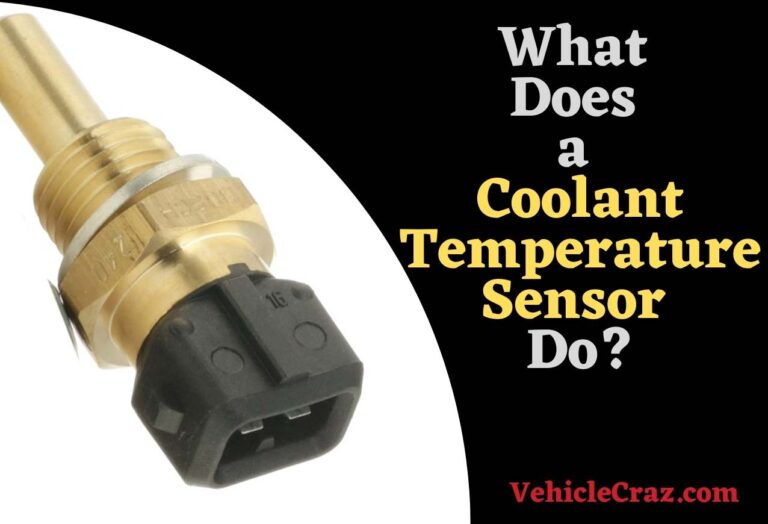How Does A Digital Odometer Work? And How To Read It?
Have you ever glanced at the dashboard of your car and thought, “How does a digital odometer work?” These contemporary counters, an improvement above their mechanical predecessors, track the mileage of your car using modern electronics. Crucial to both vehicle maintenance and resale contexts, understanding the functioning of digital odometers offers insight into the heart of automotive technology. We explore this interesting topic.
What Is a Digital Odometer?
A digital odometer is an electronic instrument that measures and displays the distance a vehicle has travelled. In contrast to its mechanical equivalent, it:
- Utilizes digital sensors to detect wheel rotations.
- Relays data to an electronic control unit (ECU), which calculates distance.
- Displays the outcome on a screen in digital form, typically an LCD or LED display.
How Does a Digital Odometer Work?
A digital odometer works as an electronic system that records the distance a vehicle travels using digital sensors and computational components. Here is the process of a digital odometer.
Digital Sensors: Sensors, frequently magnetic or optical, collect signals when wheels rotate. These signals, which stand in for wheel rotations, are crucial for measuring how far one has travelled.
Data Transmission: The detected signals are then sent to the vehicle’s electronic control unit (ECU) for processing.
Distance Calculation: The ECU analyzes these data and converts rotations into distance using predetermined formulae. It considers factors like the circumference of the wheel and gear ratios.
Display: Once the distance is calculated, it’s presented on the dashboard through an LCD or LED display. As you drive, the numbers you see rising are the processed outcomes of multiple turns and computations.
Memory Storage: Unlike mechanical odometers, digital versions store readings electronically. This storage ensures that even if the battery disconnects, the data remains intact.
Periodic Updates: The ECU periodically updates the displayed distance, usually every few seconds, providing real-time feedback to the driver.


Are Digital Odometers Accurate?
Yes, digital odometers are generally more accurate than their mechanical counterparts. Digital odometers employ high-precision electronic sensors. These sensors ensure accuracy by capturing every wheel rotation without the mechanical lag that can occasionally be encountered.
Modern vehicles go through exact calibration procedures. It ensures the readings from the odometer align with actual distances travelled. In addition, digital systems experience little wear, preserving consistent accuracy, as opposed to mechanical systems with moving parts that may deteriorate with time.
While digital odometers are designed for precision, it’s essential to periodically check and ensure calibration is unaltered, especially after tire changes or modifications.
How Do You Read a Digital Odometer?
To read a digital odometer, first, locate the digital display on your vehicle’s dashboard, typically near the speedometer or within a multi-information display. According to regional settings, the displayed number, which frequently has white or green numbers, corresponds to miles or kilometres.
As you drive, observe the figures. The digits on the right change the most quickly and indicate shorter distances. As these accumulate, the next digit to the left increases, signalling longer distances covered.
Many vehicles also feature a trip odometer next to the primary one. It measures the distance for specific journeys, and you can usually reset it by pressing a designated button.
By regularly observing your digital odometer, you stay informed about your vehicle’s usage, aiding in scheduled maintenance and fuel efficiency strategies.
Can You Roll Back a Digital Odometer?
Rolling back a digital odometer is technically possible with specialized tools and software, but it’s illegal and unethical in many jurisdictions.
Electronic control units (ECUs) are a necessity in modern vehicles to store mileage data. Unscrupulous people modify this data using specific hardware or software. Tampering with an odometer is illegal in many countries because it misrepresents the use of a vehicle, misleading potential buyers and violating trust.
Due to improvements in car diagnostics, tampering is now frequently discovered during inspections or by means of diagnostic instruments, making the manipulator liable for penalties. Moreover, rolling back an odometer is unethical in addition to illegal. It can mislead others into believing a vehicle is in better condition than it actually is. So, that is something that we cannot recommend at all.
Related Articles
How To Switch From Trip Meter To Odometer?
What Does Flashing Odometer Mean?


I’m Alex, a seasoned mechanical teacher with over 20 years of hands-on experience in Australia. My passion for all things automotive has driven me to establish this blog, aiming to share my wealth of knowledge and expertise with fellow enthusiasts, DIYers, and anyone keen on understanding the mechanics behind the machines we rely on daily.






![Airbag Light On and Horn Not Working? [SOLVED]](https://vehiclecraz.com/wp-content/uploads/2024/08/Airbag-Light-On-and-Horn-Not-WorkingArcadia-768x524.jpg)
